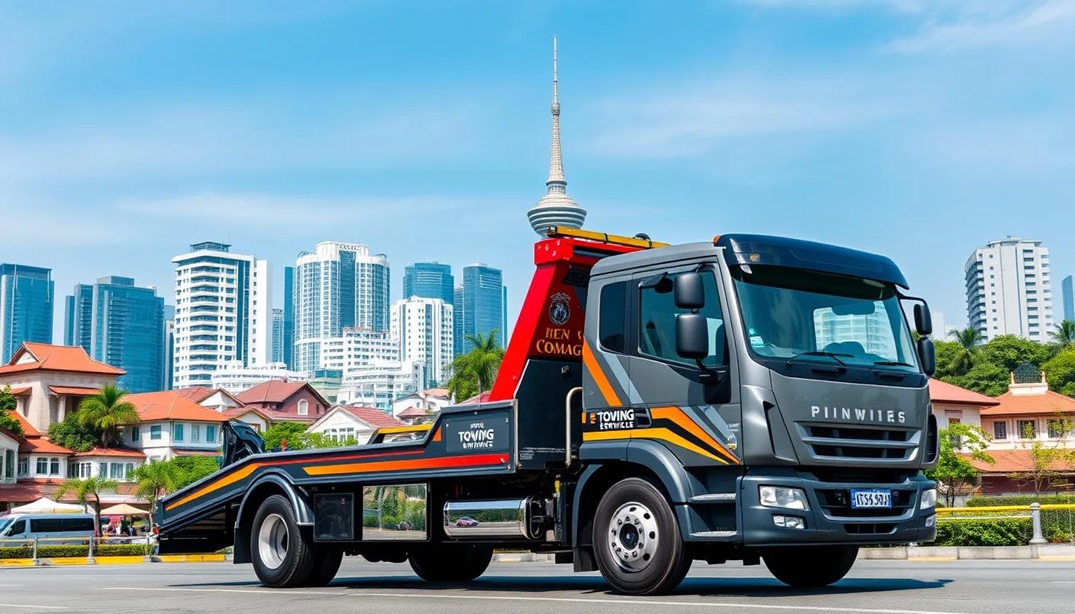Restoring a classic Jeep is a labor of love, but the work doesn’t stop once the project is complete. Whether you’ve brought an old CJ, Willys, or Wrangler back to life, proper maintenance is key to preserving its beauty, performance, and historical charm. Unlike modern vehicles, classic Jeeps require specialized care to keep them in top condition and ensure they continue running strong for years to come.
If you want to protect your investment and keep your restored Jeep adventure-ready, follow these essential maintenance tips.
1. Stick to a Regular Maintenance Schedule
One of the biggest mistakes classic Jeep owners make is waiting too long between maintenance checks. Because older components wear down faster than modern ones, regular inspections and servicing are essential.
Key Maintenance Tasks to Schedule Regularly:




By staying on top of these tasks, you can prevent costly repairs and keep your Jeep running like new.
2. Keep the Undercarriage Clean and Rust-Free
Classic Jeeps are known for their rugged durability, but exposure to dirt, mud, and moisture can lead to rust and corrosion, especially in the undercarriage.
How to Prevent Rust Build-Up:



If your Jeep spends a lot of time in humid or coastal areas, consider undercoating protection to shield the frame from moisture and salt damage.
3. Protect the Body and Paint Job
A freshly restored Jeep deserves to shine, but without proper care, the paint and bodywork can deteriorate. Exposure to UV rays, road debris, and harsh weather can cause fading, chipping, and rust.
Paint and Body Protection Tips:



Regular detailing not only keeps your Jeep looking pristine but also extends the life of the paint and body panels.
4. Preserve the Interior
The interior of a classic Jeep adds to its vintage charm, but over time, wear and tear can take a toll. Sunlight, dirt, and moisture can cause the upholstery, dashboard, and trim to crack, fade, or deteriorate.
Interior Maintenance Tips:



A well-preserved interior enhances the Jeep’s overall value and ensures long-term comfort while driving.
5. Maintain the Suspension and Steering Components
A classic Jeep’s suspension and steering take a beating, especially if it’s used for off-road driving. Loose or worn-out suspension parts can affect handling, ride comfort, and safety.
Key Suspension and Steering Maintenance Tasks:



A well-maintained suspension system improves ride quality and ensures better handling on any terrain.
6. Store Your Jeep Properly
If you’re not driving your classic Jeep regularly, proper storage is essential to prevent deterioration. Improper storage can lead to battery drainage, fluid leaks, and tire damage.
Best Practices for Long-Term Storage:




Taking these precautions will ensure your Jeep is ready to hit the road whenever you are.
7. Drive It Regularly
Classic Jeeps were made to be driven, not just admired. Allowing your Jeep to sit for long periods can lead to stiff seals, dried-out rubber components, and mechanical issues.
Why Regular Driving Matters:



Even if you don’t use your Jeep daily, taking it out for a drive every few weeks keeps it in good running condition.
8. Work with Experienced Jeep Specialists
No matter how well you maintain your classic Jeep, some repairs require the expertise of professionals. Whether you need engine work, drivetrain repairs, or electrical troubleshooting, an experienced mechanic specializing in Jeep restorations can help you keep your vehicle in peak condition.
When searching for reliable service, look for a trusted shop that understands classic Jeeps. If you’re unsure where to go, searching for “jeep restoration near me“ can help you find qualified professionals who can handle vintage vehicle maintenance and repairs.
Owning a restored classic Jeep is an incredible experience, but proper maintenance is key to keeping it in top shape. By following these essential tips—sticking to a maintenance schedule, preventing rust, protecting the paint and interior, caring for the suspension, and driving it regularly—you can ensure your Jeep remains a reliable and timeless ride for years to come.
For more complex repairs, working with a skilled Jeep specialist will help preserve the integrity of your restoration and keep your Jeep running strong on and off the road. Whether you’re enjoying scenic drives or tackling rugged trails, a well-maintained Jeep is always ready for the next adventure.




